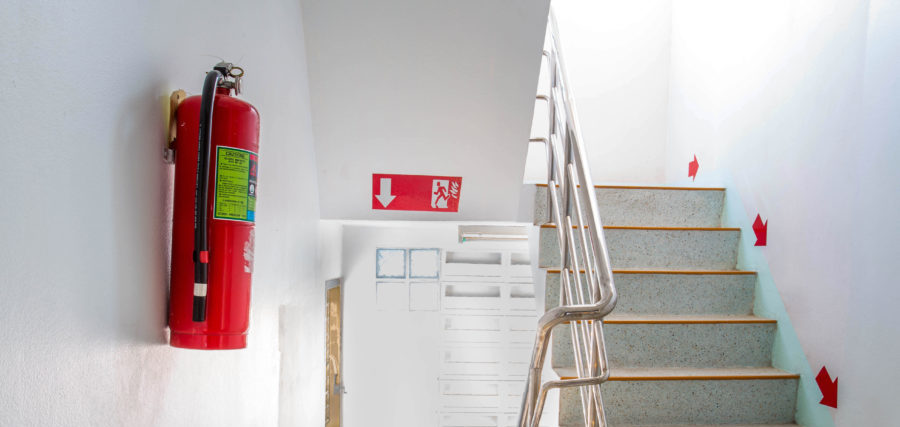Safety cases for high residential buildings
The government has proposed a new building safety regime for multi-occupied residential buildings that are over 18 metres in height. Underpinning the regime would be a requirement for a safety case that the Building Safety Regulator must approve before issuing a building safety certificate.
Duty holders will have to consider the effectiveness of how they manage fire and structural risks throughout a building’s lifecycle (planning, construction, completion, occupation, maintenance, refurbishment, and demolition). The duty, which will pass from the client during construction to an accountable person throughout occupation, is part of “the golden thread of building information” that the government hopes will enable “the person inheriting the risk to understand how the building operates, what layers of protection exist and what needs to be done”. (The accountable person will be the subject of our next briefing but, in short, will be the individual or body that has control of the building – in most cases, the freeholder or head lessee, or a management company.)
Although there are risk assessment duties under the current Fire Safety Order 2005, the government accepts that the existing system lacks “a regulatory driver and mechanism”. Under the proposed regime, the regulator must be satisfied that the safety case has identified the fire and structural hazards and assessed the risks, and that an appropriate safety management system and mitigation is in place. The regulator will be able to require changes to and, if necessary reject, the safety case.
The safety case for a new building will need to include:
– a comprehensive description of the building and the preventive measures and protective systems;
– an understanding of the life-critical risks (for fire and structural safety) and evidence as to how they will be proactively and proportionally managed for safe occupation;
– mandatory occurrence reporting;
– evidence of emergency preparedness, continuous improvement and compliance with legislation, standards and policies;
and
– reference to documents such as a resident engagement strategy, a fire and emergency file, and structural or fire safety inspections.
The accountable person must review the safety case every five years (more frequently should there be reasons to do so). The review must demonstrate how fire and structural risks are managed on an ongoing basis given that safety critical measures will “naturally degrade over time”. The building safety regulator will consider the review as part of its renewal of the building safety registration certificate.
Although a safety case for new buildings will contain much of the information needed to manage a building once it is occupied, the government accepts that the production of a full safety case could be “more complex” for many existing building because the information might be limited, absent or difficult or expensive to obtain. The regulator will therefore be allowed to demand less information for an existing building, subject to a sufficient explanation from the accountable person and evidence of the mitigation that has been put in place.
The government accepts that the evidence in a safety case is “potentially vast”, but believes that the principles of existing management systems may form a reasonable basis for compiling a safety case. Such systems include the Health and Safety Executive’s Managing for health and safety (HSG65). An accountable person may also “think it proportionate to undertake an intrusive survey as a first step to build an accurate record to support the safety case”. This might involve destructive inspection and testing, such as a Type 4 fire risk assessment.
Next: the accountable person.
